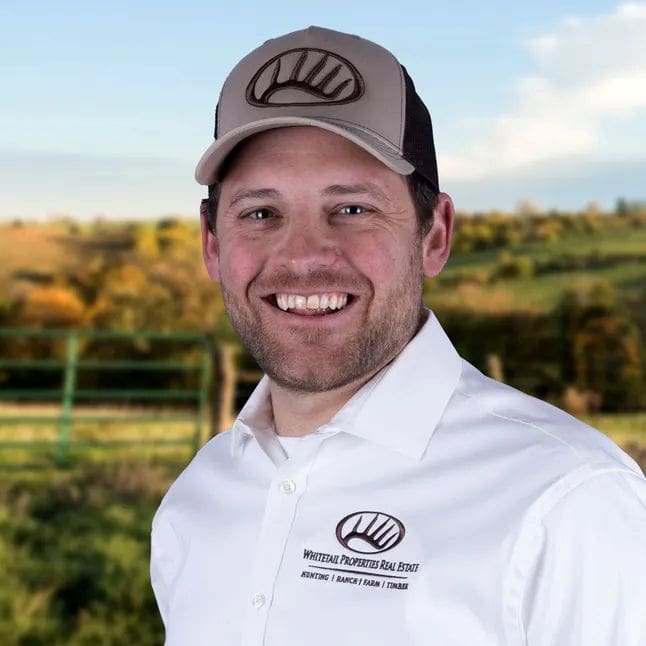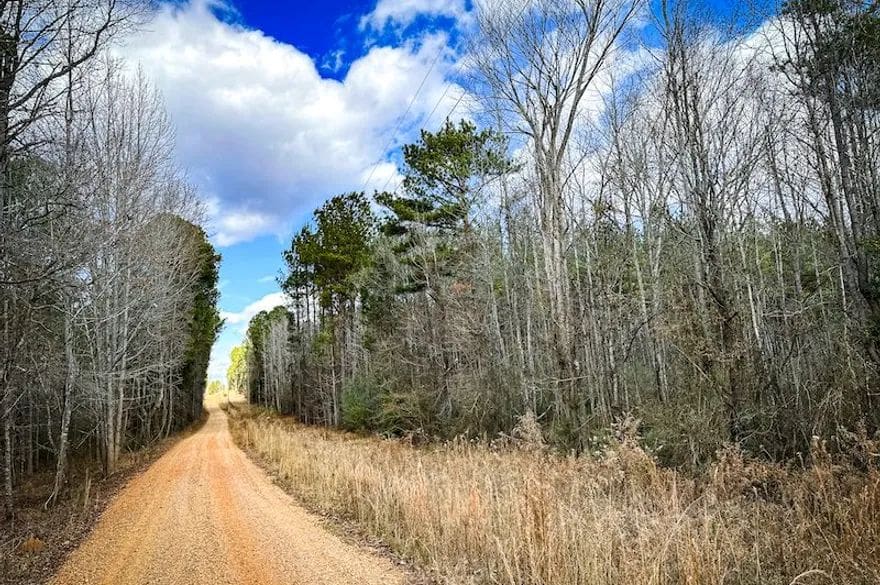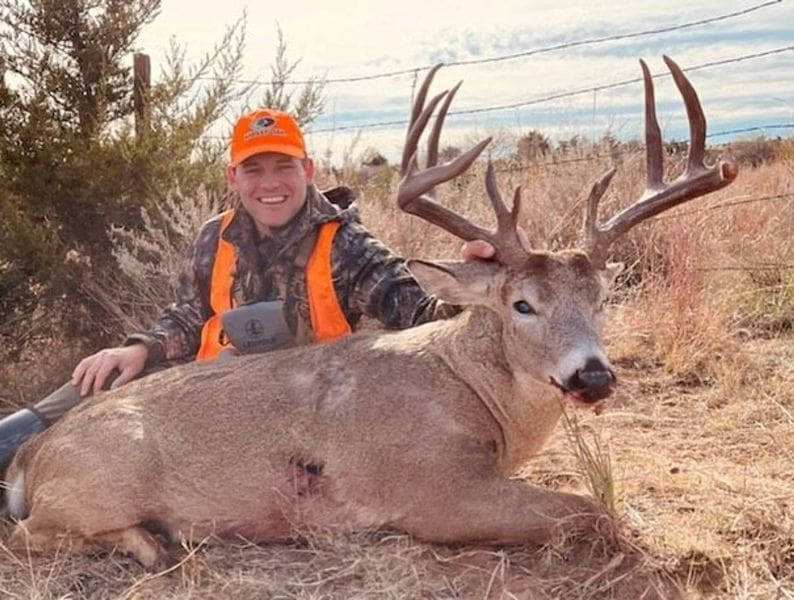For many passionate outdoorsmen, the dream of owning a private hunting property ranks high on the bucket list. Beyond the allure of untouched woods, quiet mornings in the treestand, and the freedom to manage game on your terms, investing in land for hunting offers both recreational and financial rewards. Whether you’re seeking a weekend getaway, a legacy to pass down, or a smart addition to your portfolio, understanding the ins and outs of land investment can transform your dream into a sound strategy. Before staking your claim on a slice of hunting paradise, here’s what to consider.
I recently visited with my good friend Jake Meyer of Mississippi. Meyer worked with Mossy Oak for a few years before deciding to go all in on the real estate business with Whitetail Properties Real Estate, which is known for helping many hunters with their land needs. “I had my dream job in the hunting industry, now I am blessed to have my dream career in the real estate business,” says Meyer. For those who don’t know, Whitetail Properties specializes in land and homes with acreage. Every land specialist at Whitetail Properties is a highly embedded professional with a common interest in the outdoors, which drives them to sell land and assist landowners.

Question: For first-time buyers evaluating land, what should they look for?
Answer: I believe there is a common misconception in what people think they are seeking versus what they should truly prioritize if wildlife is their primary concern. I am in northeast Mississippi, specializing in properties that typically provide good deer and turkey hunting. First, the buyer needs to determine which wildlife species they are interested in. It could be 20 acres, 2000 acres, or something in between. My point is that not every property will be suitable for deer, turkeys, or waterfowl; it all depends on what the property offers. I have noticed that a recently clear-cut property may be better for deer and turkeys, whereas some buyers might find that property unattractive. However, if you’re looking for wildlife, you will want a property that receives plenty of sunlight on the forest floor to create the appropriate habitat. For example, let’s say we have a heavily wooded property with many pines; you won’t have sunlight, and plants cannot thrive. When I have a buyer interested in purchasing land, I ask them to rank the species they want to target in order of interest. In most cases, recently cut property is likely to sell for less money per acre than a highly mature timber stand might. Fortunately, if wildlife is the goal, I recommend land that has been thinned or recently cut first.
Question: How important is the size of the property?
Answer: Acreage amounts will dictate how to manage a property for a particular species. For example, if you’re managing whitetail deer, the most significant factor in growing mature bucks is age. You’ll want a property that is large enough to manage the deer you passed while hunting. If that is the case, you’ll need land surrounded by like-minded hunters, or you should own property that is big enough to influence how old the bucks grow on your land. However, if you can only afford twenty acres or a smaller piece of land, don’t let that discourage you. Talk with your neighbors and try to educate them on what quality deer management can achieve for both the deer and the hunters. You can also contact organizations such as the National Deer Institute or the National Wild Turkey Federation for management advice. There is nothing like owning a piece of property to plant food plots or make land improvements, so buy what you can afford and start there.

Question: How does land value change if it has been managed prior to purchase?
Answer: Land that has already been managed before being sold will definitely surpass land that has not been managed. For example, a property with interior road access to different areas or various food plots will optimize wildlife. Wider roads are ideal for turkeys, who like to use these open areas to travel while still being able to be aware of predators and other dangers. Therefore, having a road system, food plots, water sources, treestands, shooting houses, or other features that cater to hunters will 100% benefit the property’s value.
Question: If the goal is to have a large farm that you can keep for the long term, should
you start small?
Answer: When I hear this question, I often think of a quote from Mark and Terry Drury: “Find a better spot or make your spot better.” So, first of all, you have to find a spot. I want to look for the biggest bang for my buck per acre. Usually, in a general statement, that is going to be a recently cut property. In my experience, I purchased a recently cut property that looked like a bomb had hit it. That was okay; I knew the sunlight was good and the trees were left along the waterways, which are often left by logging companies. Then, I worked with my local NRCS office to get approved for assistance through an EQIP program, which helped me make my spot better. This included implementing fire breaks and introducing prescribed fires, for which I got reimbursed for many of the expenses. Then I planted food plots and improved my land. After improving the land, you can sell it and keep upgrading.
Question: What is the worst mistake hunters make when buying land?
Answer: First and foremost, I think it is not working with a land agent who knows what they are doing. Not all realtors are created equal; I cannot express how vital it is to work with a land agent with a reputable brokerage specializing in land. Many realtors do not specialize in land, but that is not to say they won’t represent you to get the sale. Working with someone specializing in the type of property you seek to buy is vital.
Investing in hunting land can be one of the most rewarding decisions for outdoor enthusiasts, offering personal satisfaction and long-term value. As land expert Jake Meyer explains, success starts with identifying your wildlife goals, choosing land with the right habitat potential, and being willing to start small and improve over time. Whether it’s 20 acres or 2,000, focusing on sunlight, habitat, and good neighbors can make all the difference. Most importantly, work with a knowledgeable land specialist who understands the hunting lifestyle and can guide you to the right investment, because with the right strategy, your hunting dreams can become a reality.


